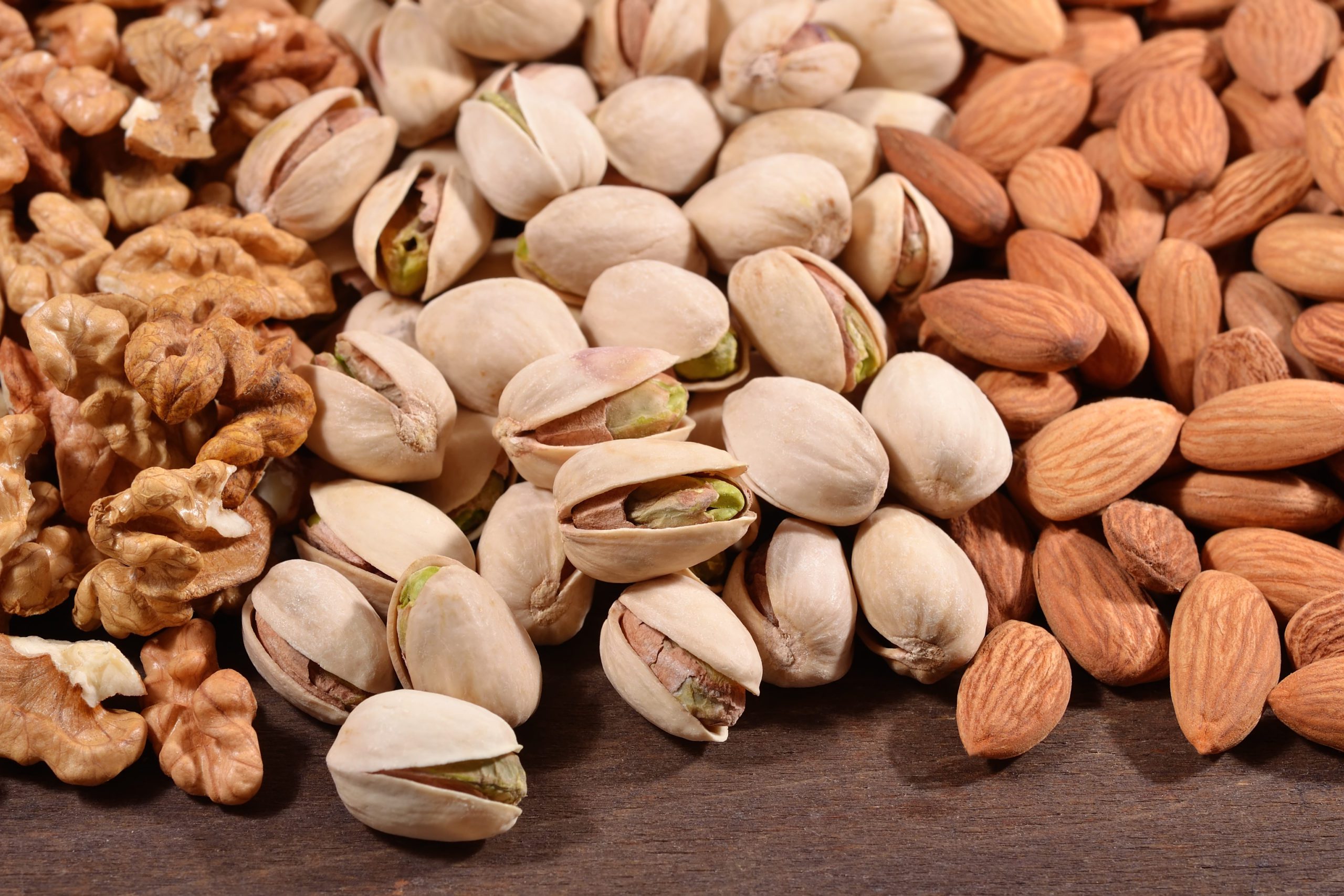Across California, there have been towns, rural communities, and businesses facing power outages. Utility companies stress the importance of these power outages to prevent fires and protect people. This is what Pat Anderson, of Anderson Hulling and Shelling, was told by Pacific Gas and Electric (PG&E) every time his business had the power turned off. Anderson operates a farming and walnut dryer as well as a walnut processor in Vina, California.
Anderson Hulling and Shelling is nestled between irrigated pasture and walnut trees alongside highway 99 just east of Corning. Where the businesses sit, you wouldn’t think forest fires would be an adverse effect of their power. The main transition lines that feed power to Anderson’s businesses though, head up Highway 36 into Susanville. Anderson said “The way his distribution lines sit, is why Vina loses power. Just last year we were moved to the Vina substation to help us keep our power supply. Before we operated on the Corning distribution but we were at the end of the line and drew the most power, so it was inefficient and we weren’t getting enough power. They moved our substation so we wouldn’t lose power, and we now have had our power cut twice because we are connected to Susanville’s power.”
Anderson operates the farming side of the business. He manages and owns walnuts, almonds, and prunes, plus he runs the two walnut hullers in Vina which have a dryer capacity of 850 tons. Anderson also operates a walnut processor which processes 65 million pounds of walnuts. The amount of power to keep these businesses moving in the heart of walnut harvest is extensive, and it is critical to their business and their customers. Losing power has been a detriment to both.
Power Outages
The first power outage occurred October 8-9th, when Anderson was just starting to gear up into walnut harvest and hitting a busy time. Luckily, harvest was a little late this year or he could have been in the thick of harvest without power. Anderson explains, “We didn’t suffer from damages or rotting nuts, it was more of loss of revenue and inconvenience than anything. We had to tell farmers to hurry up and harvest so we could get their product in the dryer and get as much dryer time as we could, even if it was just a few hours.” Anderson went on to explain that they lost business because growers had to send their products somewhere else. Walnuts need to be dried within 24 hours of being harvested and when his dryers were shut down, those growers found other dryers to send their walnuts to.
Anderson estimates he lost out on hulling and drying at least 10 loads due to the power outages. That equates to about 300,000 pounds of walnuts that he didn’t get to run through his dryer and were taken to an alternate business, an estimated loss of about $25,000 on just his huller and dryer.
The second shut off came just two weeks later when they were just starting to wrap up the harvest, but this time they lost power for 36 hours. It is the goal for the processor to receive all walnuts within a 45-day window of harvest. Anderson had to tell other dryers his processor couldn’t receive for those 36 hours. A month later he was still playing catch up. Anderson explained, “With a tight timeframe we operate on, we have no choice but to pay double and overtime to get all the walnuts processed. Customers still demand product. We just have to make up for it over weekends and long days.” That loss in revenue will show up in the form of his payroll and wages paid to catch up on time lost.
Alternate Power
Anderson’s facility is all-electric and he has no generators. He estimates “I would need a minimum of three generators the size of semi-trucks to power our facilities. The ones I’ve been looking into renting could be $10,000 per day, but they don’t have them in my area.” Anderson also went on to say he is usually only given one day notice when he will lose power, so it would be impossible to rent and transport a generator in time for him to utilize it. For the size of his businesses, buying a generator would be extremely costly.
Lee Heringer farms with M&T Ranch just south of Vina in Chico. He has looked into a generator for just their walnut huller and dryer. Heringer says “It would cost us about $200,000 after purchase and install. Then, we would still need to tie into the existing electrical system and pour a concrete slab with conduit.” Heringer was worried about losing their walnut crop and the possibility of the crop turning rancid before they would be able to dry them. Heringer stressed the importance with walnuts, “They can’t be stockpiled and held for any period of time like almonds, they have to be harvested now. When they are ready, we have to go, or you risk the elements.”
A Domino Effect
Growers like Heringer were at the mercy of the processors like Anderson though. Heringer had to put their harvest on hold for a short time because of the outages, “When processors that we sell to were closed because their power was out, they cannot receive. We are able to hold the product until they are up and running only because we’ve already hulled and dried the walnuts ourselves.”
It could have worked out differently though. Once a grower or dryer runs out of trailers and drying bins to hold dry walnuts, they reach capacity, too. Harvest would then be put on hold and the walnuts left in the field. Being exposed to Mother Nature and weather is a very risky move. The domino effect would be in full swing at that point. It is an industry concern if crops are not able to be harvested on time. The risk is—quality, efficiency and loss of profit across the board.
Heringer explains, “One step in the process being halted creates a wave of inefficiency and delay that effects the whole system. With perishable crops such as walnuts, prunes or rice, any delay can be devastating. If we lose power here at the huller, that stops not only our harvest, but the dozens of neighbors we hull and dry for as well.”
















